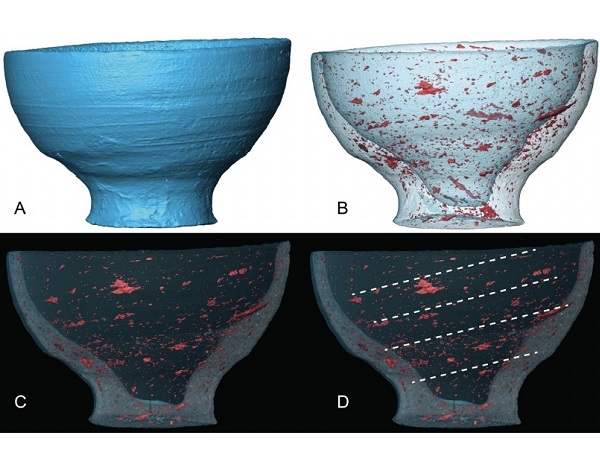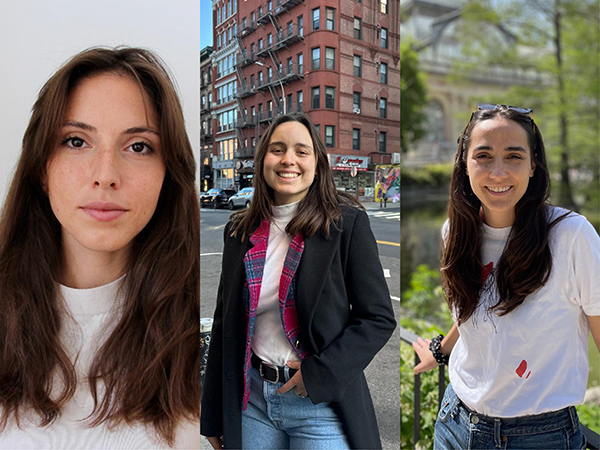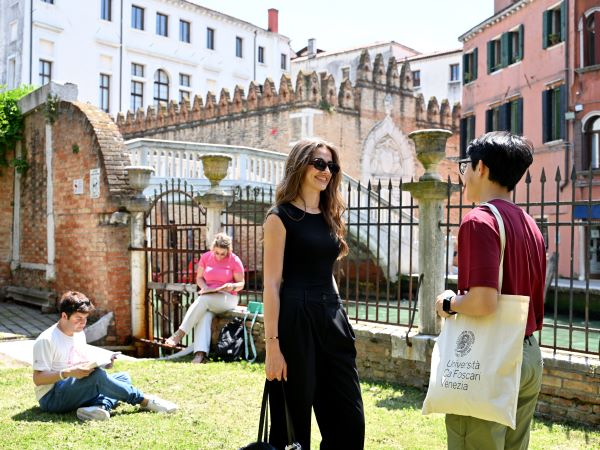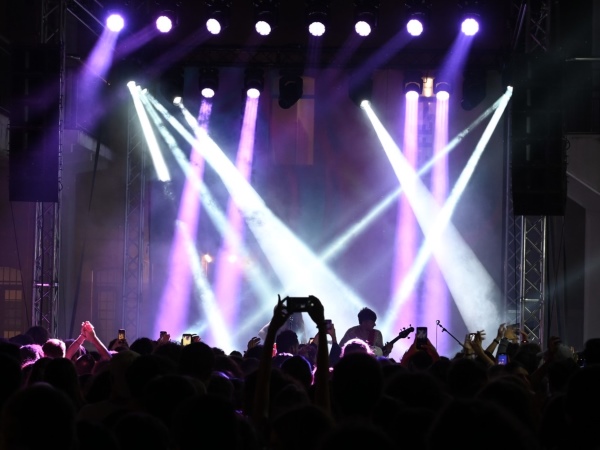“Uzbekistan: Avant-Garde in the Desert. Form and Symbol”
Venice, Ca’ Foscari Esposizioni
17 April - 29 September 2024
Curated by Silvia Burini and Giuseppe Barbieri
Opening on Tuesday 16 April, 4.30 pm
REGULAR AND SPECIAL OPENING HOURS
Tuesday - Sunday: 10.00 am-6.00 pm
Closed on Mondays
Free admission
Special evening opening on Saturday 22 June, during Art Night
The exhibition "Uzbekistan: Avant-Garde in the Desert" brings to the Italian and international public an important albeit lesser-known chapter in early 20th-century art history. The exhibition is arranged in two separate and prestigious venues (one in Venice, the other in Palazzo Pitti in Florence), supported by the Uzbekistan Art and Culture Development Foundation and curated by Silvia Burini and Giuseppe Barbieri, directors of the Centre for Studies in Russian Art at Ca’ Foscari University of Venice, with a prestigious international scholarly committee. The exhibition gathers over 100 works spanning from the late 19th century to 1945, mainly paintings on canvas and drawings, plus some extraordinary textiles from the Uzbek tradition. Exhibits are all from the State Museum of Arts of Uzbekistan in Tashkent and the State Museum of Arts of Karakalpakstan named after I.V. Savitsky in Nukus, which is aptly known internationally as the “Louvre in the Desert”.
This is the first exhibition to highlight the links between the two most important 20th-century art collections in Uzbekistan, thus opening the way to an in-depth understanding and appreciation of this artistic period. But this is not the only innovative element. Until now, even the most original artists working in Central Asia in the Thirties and Forties were usually considered merely as a peripheral and marginal development of the great Russian Avant-Garde that was shaped from 1898 to 1922 by an extraordinary generation of artists (Falk, Kandinsky, Exter, Lentulov, Rodchenko, etc.). Here we can see the genesis and development of a genuine national school, a fascinating and unique 'Avanguardia Orientalis' whose prominent artists on show in Venice include Volkov, Karakhan, Kashina, Korovay, Tansykbaev, and Usto Mumin. The juxtaposition of the collection from the State Museum of Arts of Uzbekistan in Tashkent (that was hosting works by Kandinsky and other important masterpieces of the Russian Avant-Garde as early as in the 1920s) with that of Nukus generated an extraordinary result. What is made evident is on the one hand a precocious, intensely modern nucleus and the ability to absorb and reverberate all the major Western European experiences, and on the other the transformation of all these influences into an original, multi-ethnic and interdisciplinary language.
The subtitle of the exhibition is 'Form and Symbol'. “Form” refers to the influence exerted on Central Asian painting by the Russian historical Avant-Garde through the works that were sent to Tashkent or collected by Savitsky in Nukus. The quality of such works, never shown outside Uzbekistan, is extraordinary. Lentulov, Mashkov, Popova, Rodchenko, Rozanova (and the above-mentioned Kandinsky of course) are but a few protagonists of this exhibition and the birth of abstractionism, a foundational movement in 20th-century world art.
These are complemented by a large selection of works representing the Avanguardia Orientalis, which are the outcome of a profound cultural and artistic dialogue. An age-old tradition of glittering silks and the refined palette of architectural decorations echoing the sky and the natural scenery, the gait of animals and the sounds of a long musical story all met the urgent need for a new pictorial code, unprecedented in the Islamic East. This relationship adds symbolic depth (and hence “Symbol” in the subtitle of the exhibition) to the works on display.
What is more, an intercultural dialogue is equally happening, bringing together artists from Uzbekistan, Kazakhstan, Armenia, East Russia and Siberia, who were almost all trained in Moscow and St. Petersburg / Leningrad, but found roots in a land they discovered and in which they chose to live and work. The Avanguardia Orientalis is hence inclusive, bringing artists together in dialogue and collaboration, sharing common roots.
It is an often adventurous story. In Venice, the curators decided to put on equal standing the paintings and drawings with the applied arts, selecting artefacts that reveal unsuspected consonances with modern art, and equally convey the deep symbolism of cultural heritage, linked to ancient religions and thousands-year-old practices.
The exhibition at Ca' Foscari is an opportunity to reflect outside specialist circles on the life and work of Igor Savitsky, a man who was essential to preserving and disseminating many aspects of 20th-century art and Uzbek Cultural Heritage. In the middle of the desert in Karakalpakstan, in the north-western part of Uzbekistan, Savitsky established one of the largest collections of Russian avant-garde art in the world, second in magnitude only to that of the Russian Museum in St. Petersburg. His museum is a rare testimony to one of the most important artistic movements in 20th-century Russian history.
Savitsky was trained as an archaeologist and became a painter out of pleasure and talent and a collector out of obsession. From the end of the 1950s until the 1970s he collected thousands of archaeological finds, plus handicrafts and folk art specimens from the Nukus region, to which he added thousands of paintings and graphic works from Uzbekistan and the Soviet Union. The result is what we could call a "synthetic museum" – an idea which is analysed and discussed in the rich catalogue of the exhibition as well as in the layout and original multimedia set-up in Venice.
Savitsky travelled tirelessly and collected thousands of forgotten or overlooked artworks: he tracked them down in artists' ateliers or bought them from the artists’ widows and heirs. The Stalinist and post-Stalinist era rejected early 20th-century avant-garde, creating 'deserts' around the artists from that world. Artists who had lived and worked in Turkestan, where Savitsky himself had been displaced during World War II, were the focus of his interest. In the Nukus Desert, he revived the roots of modern Uzbek art.
Another of Savitsky’s achievements was that he collected an important and original group of paintings and graphic works by the Amaravella group. In a short period between 1923 and 1928, this group was committed to visually translating the crucial nodes of Nikolay Rerikh's cosmist theories, popular in that period of Russian history. The Nukus Museum is the larger repository of works by the Amaravella group, which are now on show for the first time at Ca’ Foscari.











